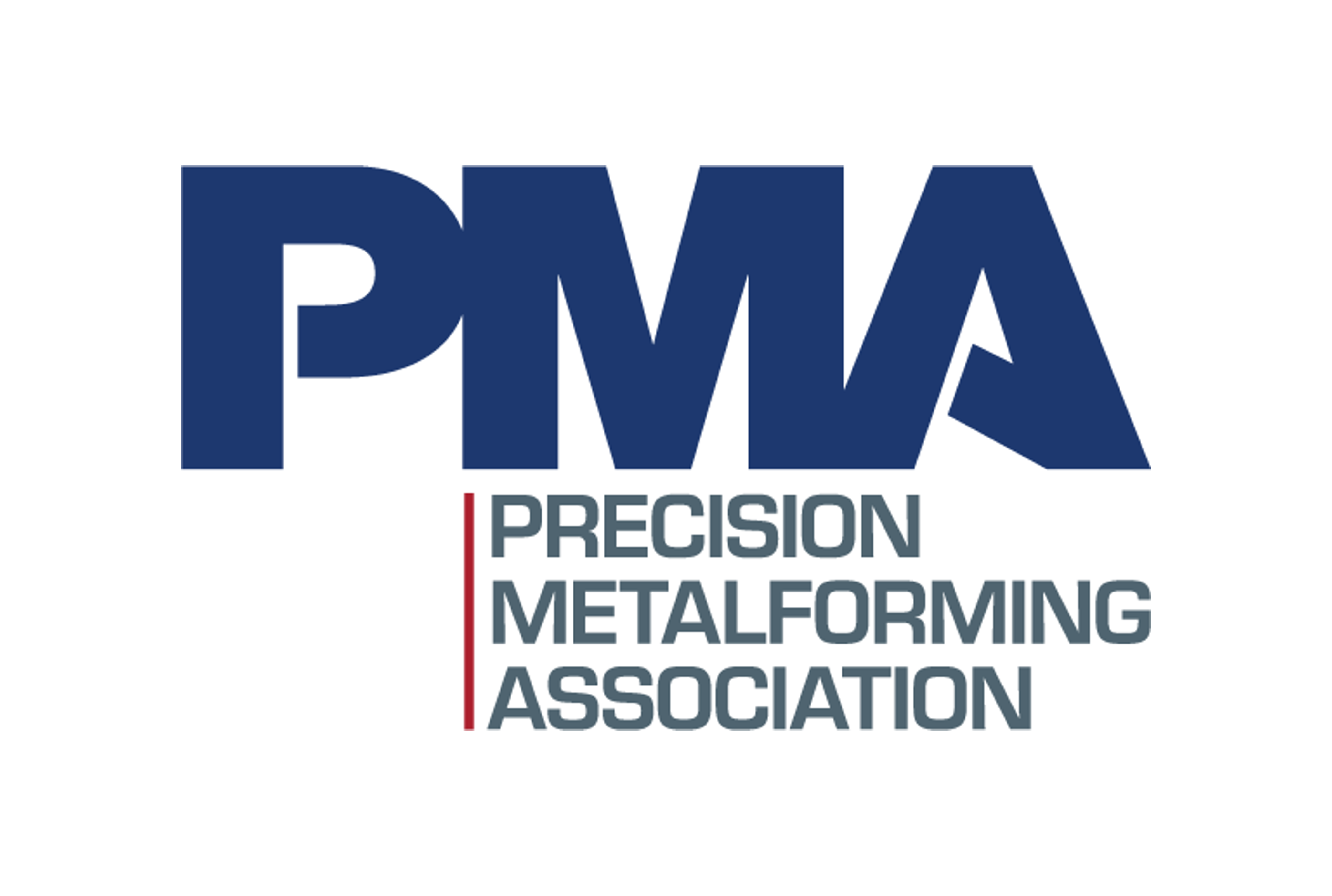Market Data

June 1, 2021
Global Manufacturing Remains Robust Despite Rising Costs
Written by Tim Triplett
Global manufacturing remained in a strong growth phase in June, with output, new orders and employment all rising and business optimism at robust levels. However, stressed global supply chains continued to disrupt production schedules and delay input deliveries resulting in sharp price increases.
The J.P. Morgan Global Manufacturing PMI dipped slightly to 55.5 in June, down from May’s 11-year high of 56.0, but still signaled expansion for the 12th month in a row.
Out of the 30 nations for which June data were available, 22 saw operating conditions improve (as signaled by a PMI reading above 50.0). However, half of these also saw their rates of expansion slow compared to the previous month, the research firm reported.
Europe remained a bright spot within global manufacturing, with the top-seven ranked countries all located in this region. The U.S. was in eighth position overall.
Asia continued to underperform compared to the global average. PMI readings for China and Japan slipped to three- and four-month lows, respectively, while India fell back into contraction, breaking a 10-month sequence of growth.
The three sub-sectors covered by the survey—consumer, intermediate and investment goods—all registered PMI readings above the neutral 50.0 mark in June. However, rates of expansion also eased in all three. The strongest growth was at investment goods producers, followed by intermediate goods and then consumer goods.
Manufacturing production rose again in June, albeit at the slowest pace for four months. Output growth was supported by solid intakes of new work, including improved international trade flows. However, stretched global supply chains constrained output growth, leading to a further accumulation of backlogs of work at factories.
Average vendor lead times lengthened to the greatest extent in the near 24-year survey history during June. Companies raised their level of input purchasing and built up inventories to try and guard against further supply-chain disruptions. With demand outstripping supply, however, cost inflationary pressures continued to build. Average input prices rose to one of the greatest extents in the survey history. The pass-through of higher costs also led to a further increase in factory gate selling prices, J.P. Morgan reported.







